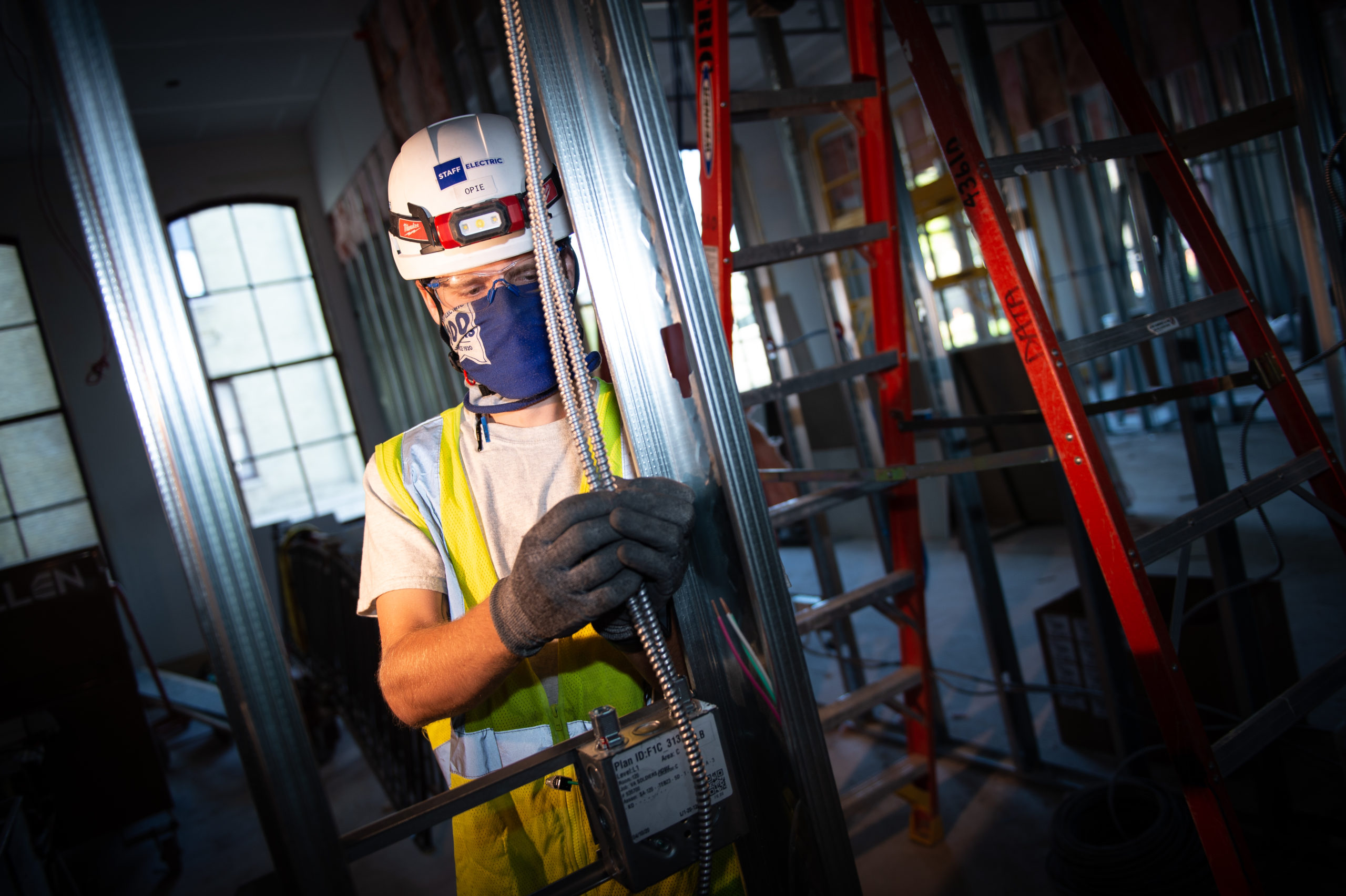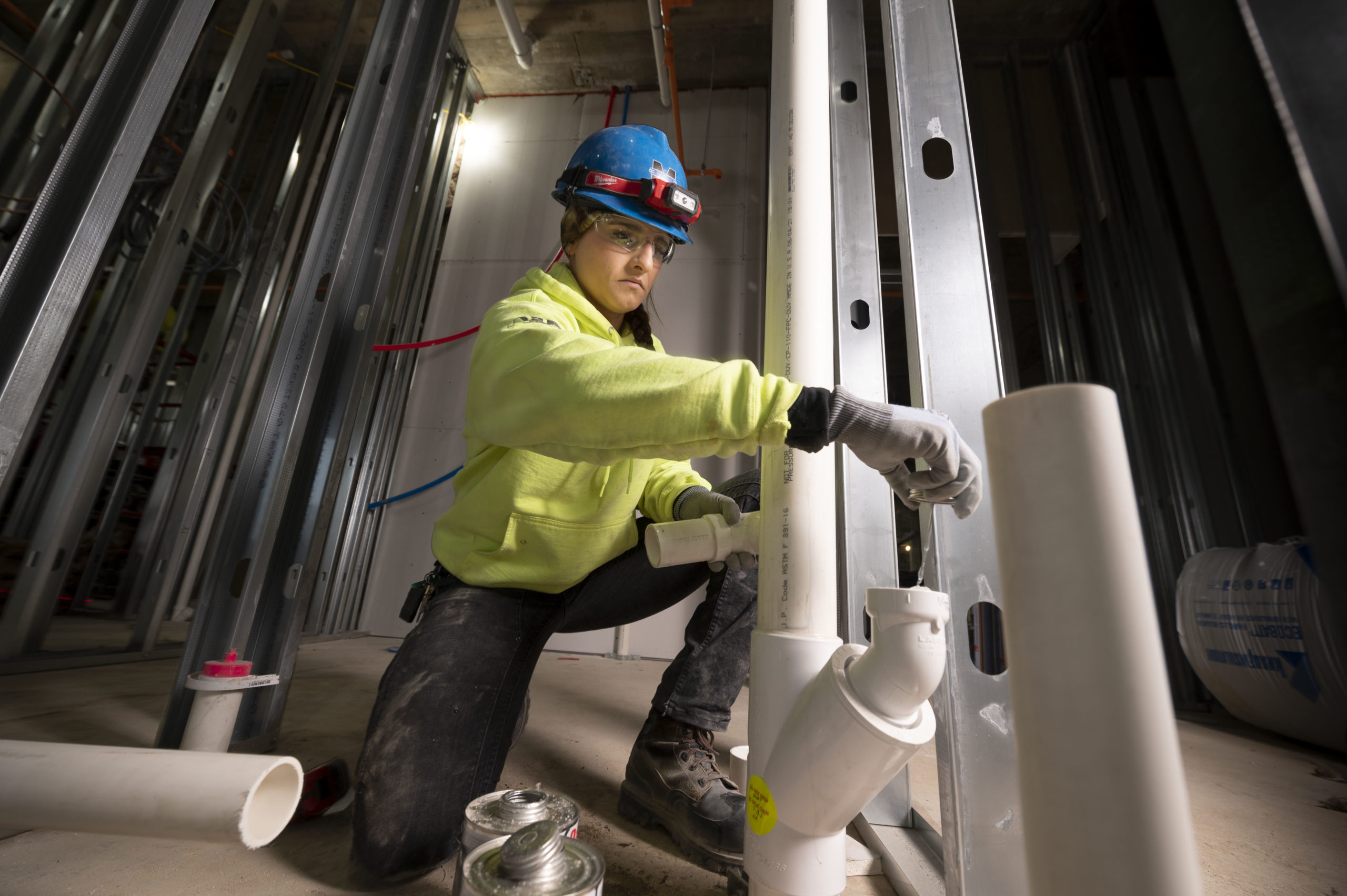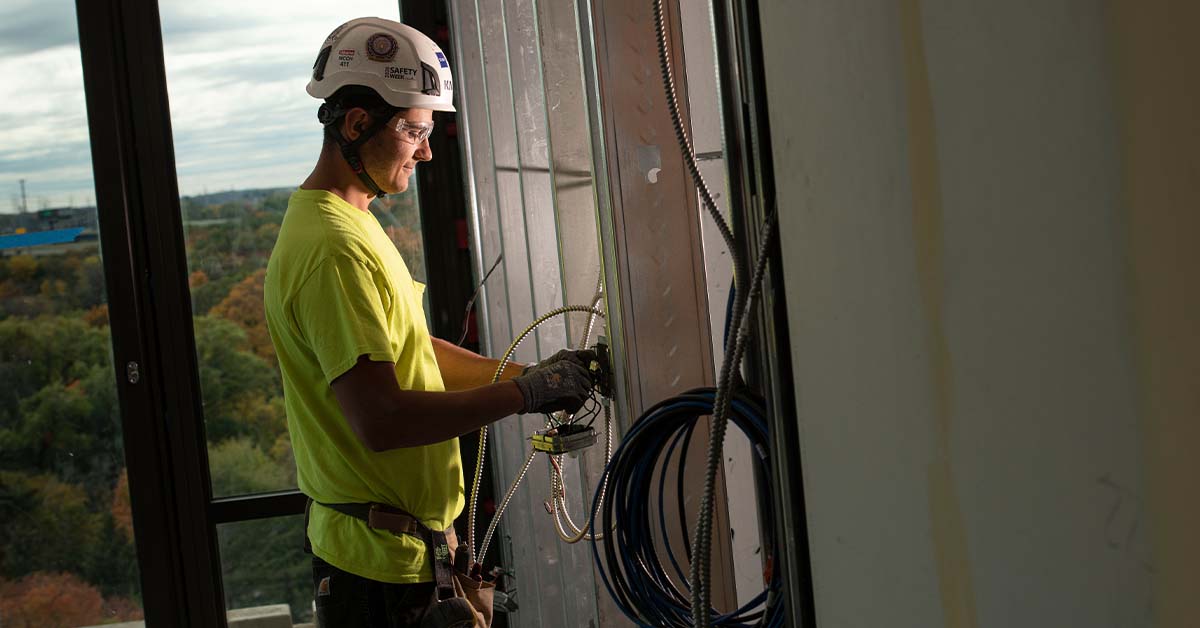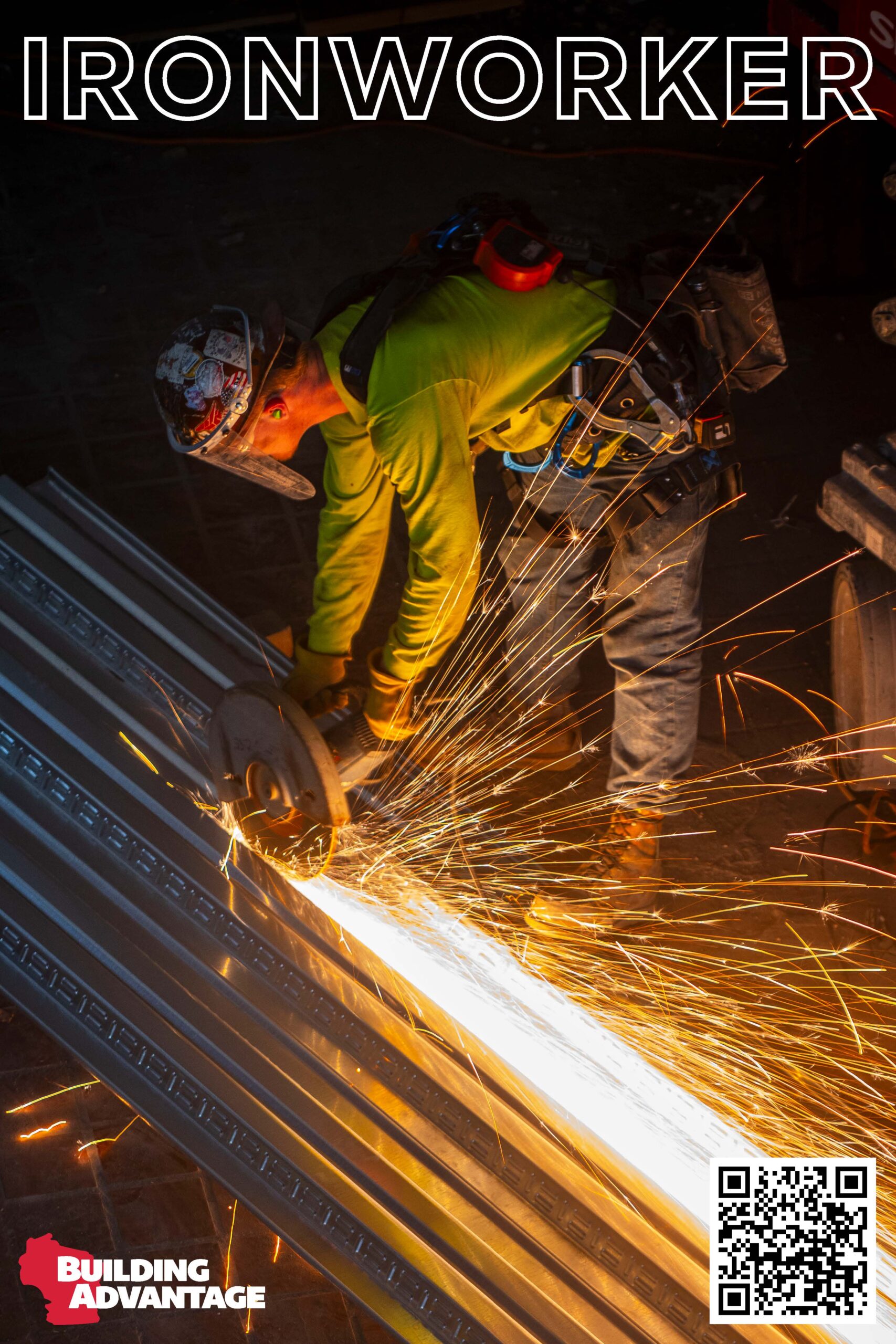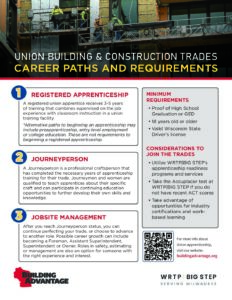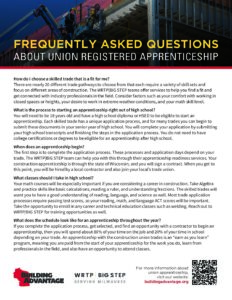Counselor Resources
As the skilled labor shortage continues, tradespeople are in high demand and can earn well beyond the wages of college graduates. The union construction industry invests in standardized apprenticeship programs specified for each trade which creates a safe, educational environment for hands-on and classroom learning.
The best part of this career path is that apprentices receive their three-to-five-year apprenticeship training at NO COST while also being paid to work for a local contractor. Instead of accumulating costly college debt, apprentices are earning money while receiving a valuable “trades degree”. If the traditional college route doesn’t seem to be the right fit for certain students, guide them toward the resources below or have them explore our website.
The Wisconsin Regional Training Partnership (WRTP) has become a national leader in recruitment and development solutions, providing career pathways for jobseekers and meeting the needs of employers/unions looking to hire a diverse set of qualified candidates.
Building Advantage works closely with WRTP|BIG STEP to recruit individuals interested in apprenticeship and promote workforce readiness opportunities.
Test Preparation
Every applicant must complete the ACCUPLACER aptitude test or meet other testing requirements, which helps identify your knowledge, strengths and areas of improvement in math, reading and writing. Some trades require a spatial or mechanical test also. We recommend you prepare well in advance for the best chance of success. For tutoring help, contact WRTP/BIG STEP.
Practice and prepare for test day by downloading the free web-based ACCUPLACER test app.
Below are a few sample questions from the classic ACCUPLACER placement exams.
A. 0.5
B. 2
C. 18
D. 50
The answer is D, 50.
A. 3/4 < 5/7
B. 2/3 > 5/6
C. 5/8 > 6/10
D. 4/5 < 2/9


